At first glance the rock seemed like any other. But when I turned it round, I could see that it was dripping with gold. Running through the rock’s veins, the gold shimmered in the light, whispering “Look at me, hold me, want me.” It was hard to pull myself away and pass it on to the others in our mining tour.
It’s this same lure that drew in prospectors from all over the world at the height of New Zealand’s gold rush in the 1860s. A few to find their fortunes, others to destitution or death, and many to eventually carve out a life from the related economy. Remnants of the gold rush can be found dotted around New Zealand’s North and South Islands, and we stumbled upon three nuggets as part of our New Zealand road trip: Goldfields Mining Centre, Karangahake and Arrowtown.
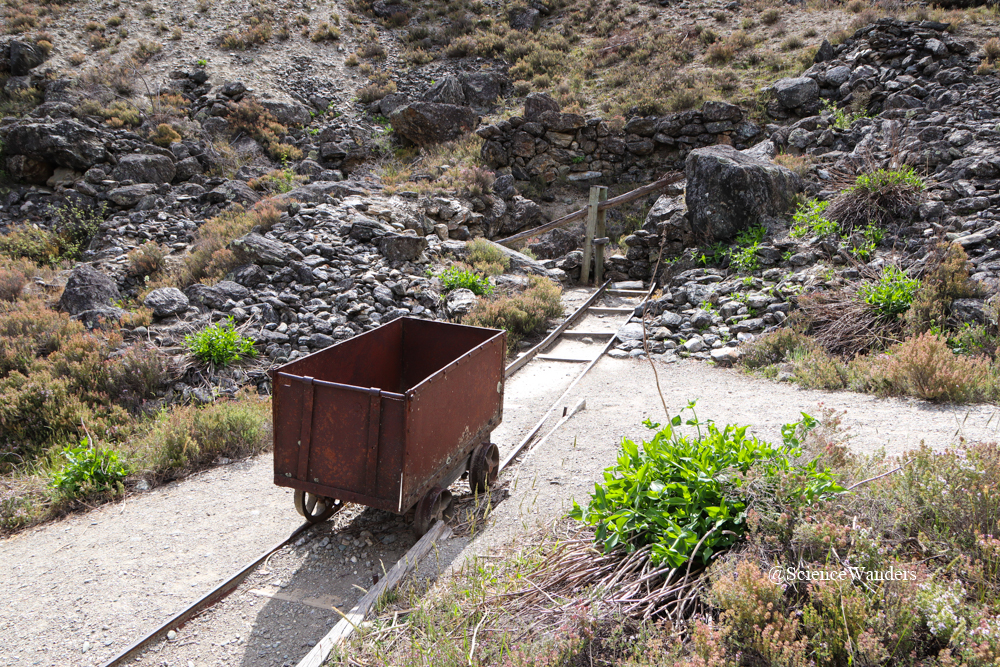
At Goldfields, some lucky prospectors managed to become millionaires overnight. Karangahake is a more industrialized gold mine settlement, whereas Arrowtown is a typical village that grew around prospecting. And together they told a fascinating tale.
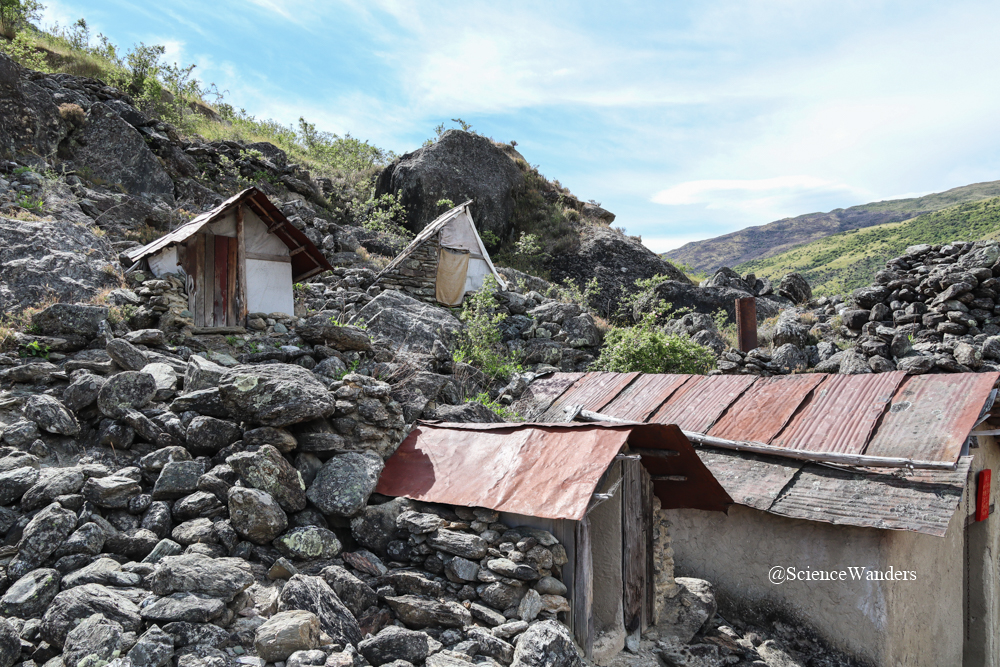
Goldfields Mining Centre was only accessible via a guided tour, and we luckily arrived just in time for the last one. I was aptly the sole woman – the male to female ratio during the height of the gold rush was 100:3! In fact, most women were propositioned straight off the boat. Some widowed just as quickly.
Through working apparatus from the era, the guide demonstrated the two ways of striking it lucky during the gold rush: finding gold in the veins of hard quartz rock, or in the river bed. Getting to the gold trapped in hard rock required a blend of physics and chemistry. Tunnels were dug into the surrounding hills and the extracted rock was crushed using a stamper battery.
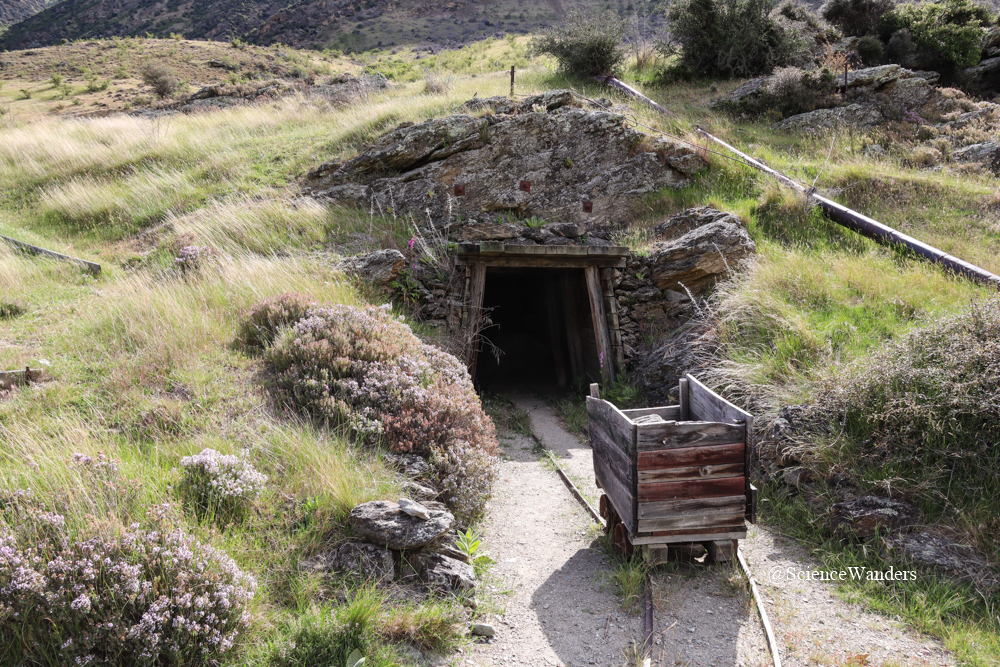
Alternatively, rocks were dislodged using a high pressure water pump.
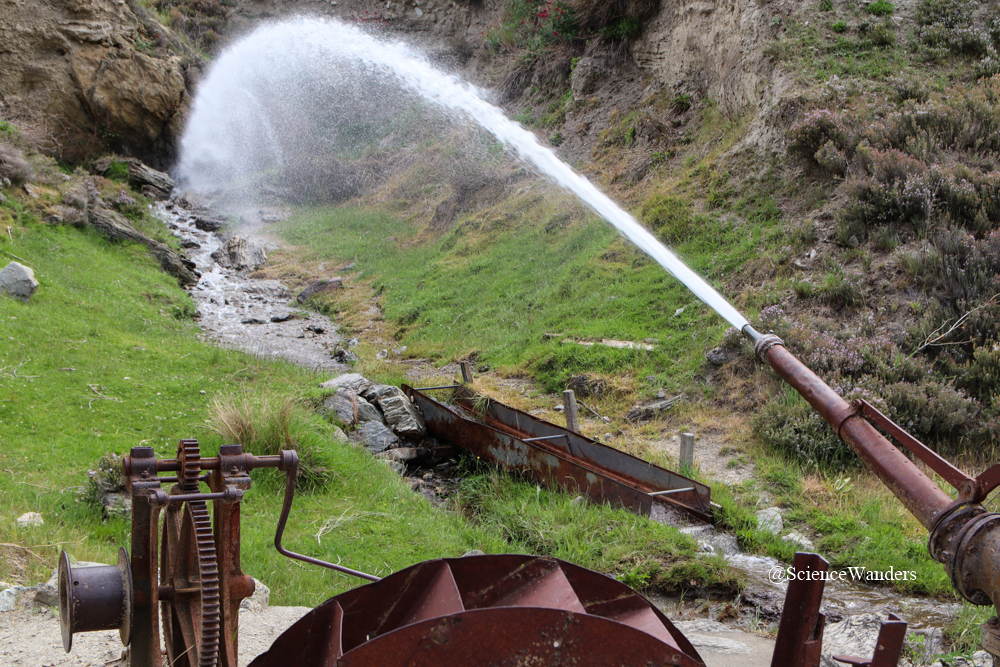
Cyanide was then used to extract the gold out of the crushed pieces of rock. The basic chemistry behind this is that cyanide in a water solution draws the gold out from the rest of the rock, as this solution takes electrons from the gold atoms. This loss of electrons makes the solid gold dissolve in the water, leaving other rock components stuck behind.
Addition of zinc metal to the separated liquid then causes an inverse process. Gold takes electrons from the zinc, re-becoming a solid and depositing out of solution. The zinc dissolves in its place. Cyanide is famously poisonous so this isn’t a brilliantly environmentally friendly technique, but it’s still surprisingly found around the world today. Below is the apparatus used for this cyanide separation during New Zealand’s gold rush.
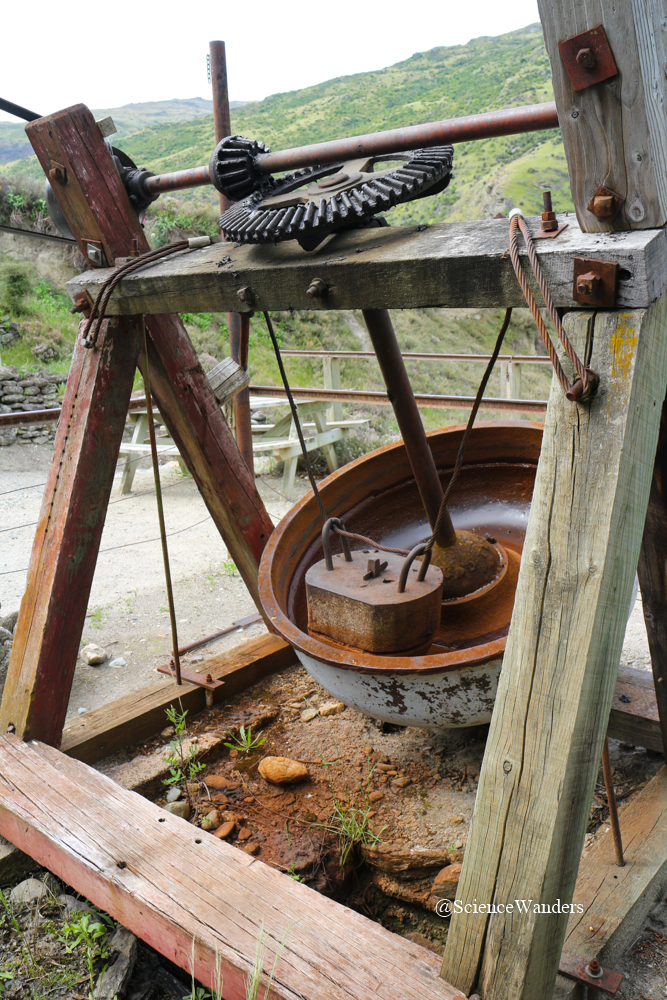
Finding gold in the riverbed instead was the much easier way to become a millionaire overnight. The rock was already broken down to silt by thousands of years of erosion, leaving loose pieces of gold that could just be panned out of the river. Though as stores dried up, other more labour intensive methods needed to be implemented, such as dredging.
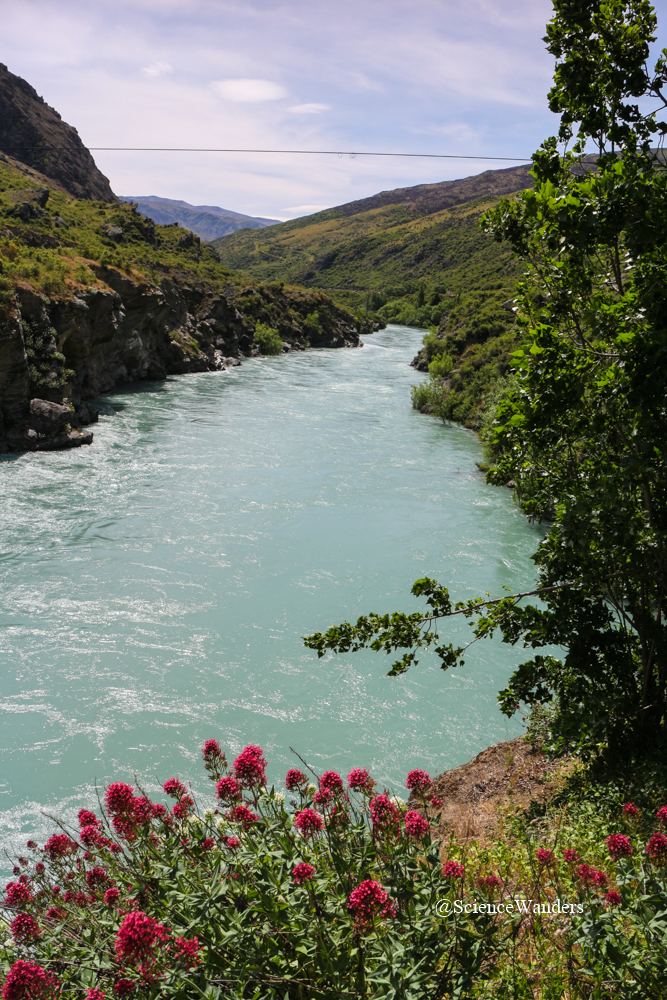
Although the last full time miner left Goldfields a century later in 1969, gold does continue to be found at the spot and we were invited to try our own panning luck. Sadly, my dreams of being able to make a necklace similar to this one with my own findings weren’t to be.
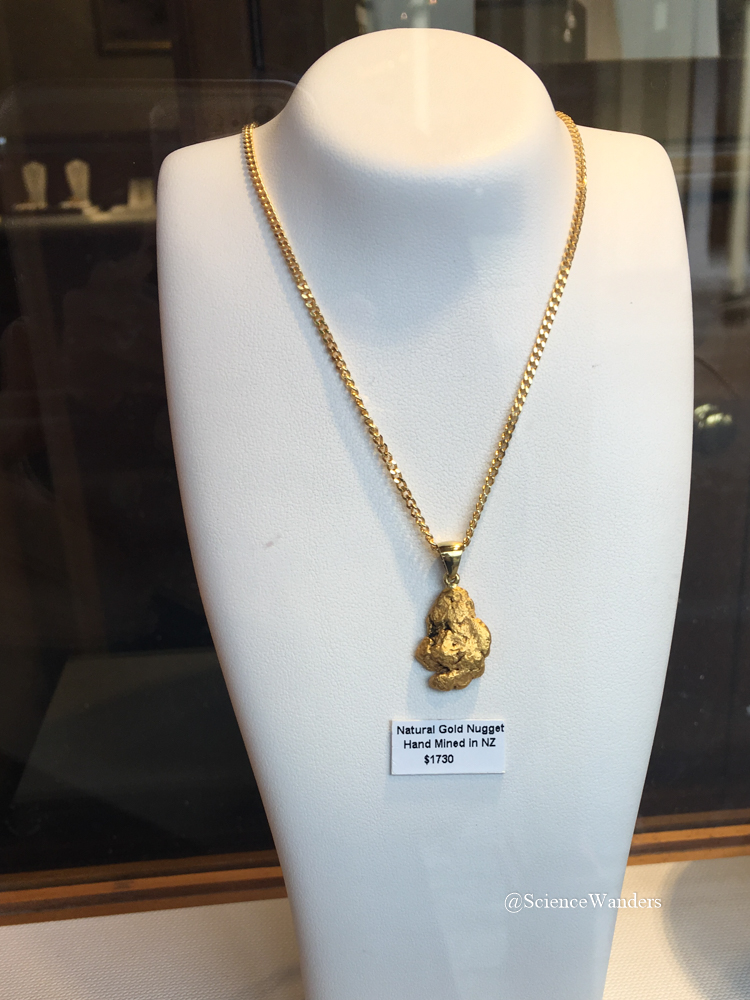
But I did leave thankful that this isn’t my daily commute, as it used to be for the miners and their families accessing the site.
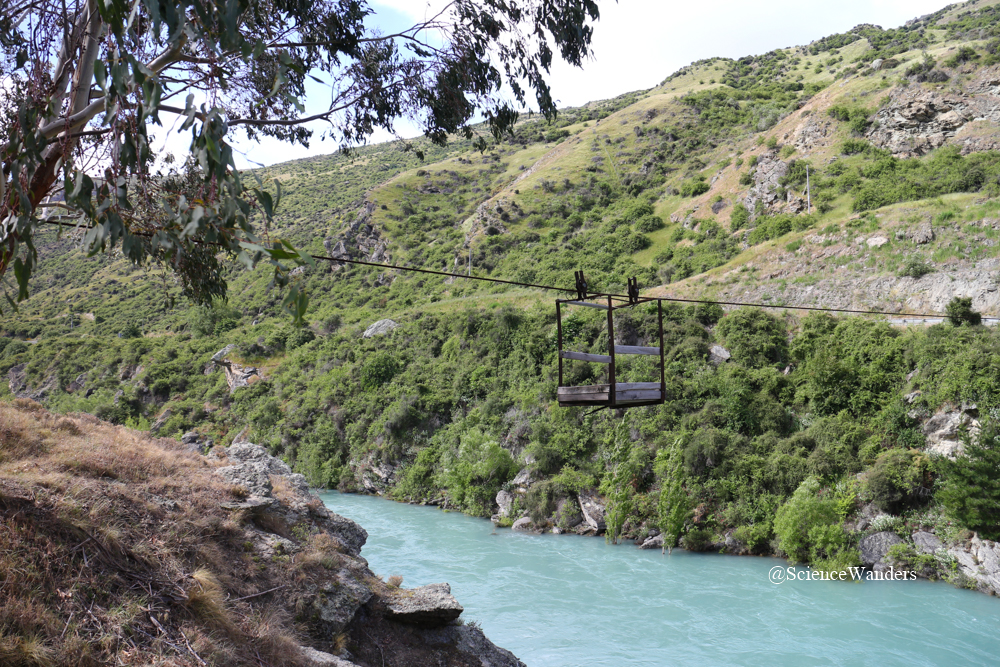
Click here to read on – Karangahake, Arrowtown, and tips for your own gold rush tour of New Zealand